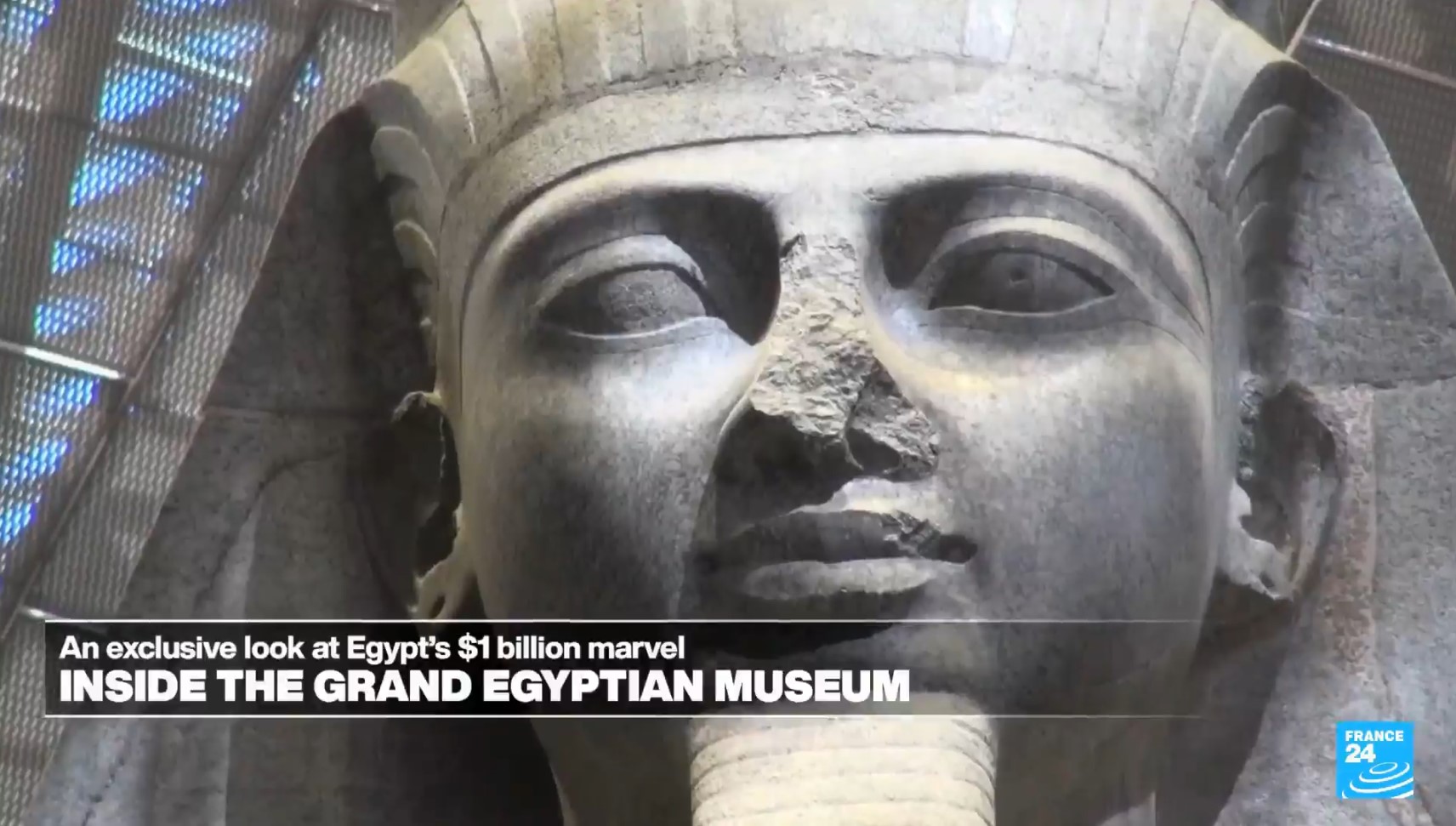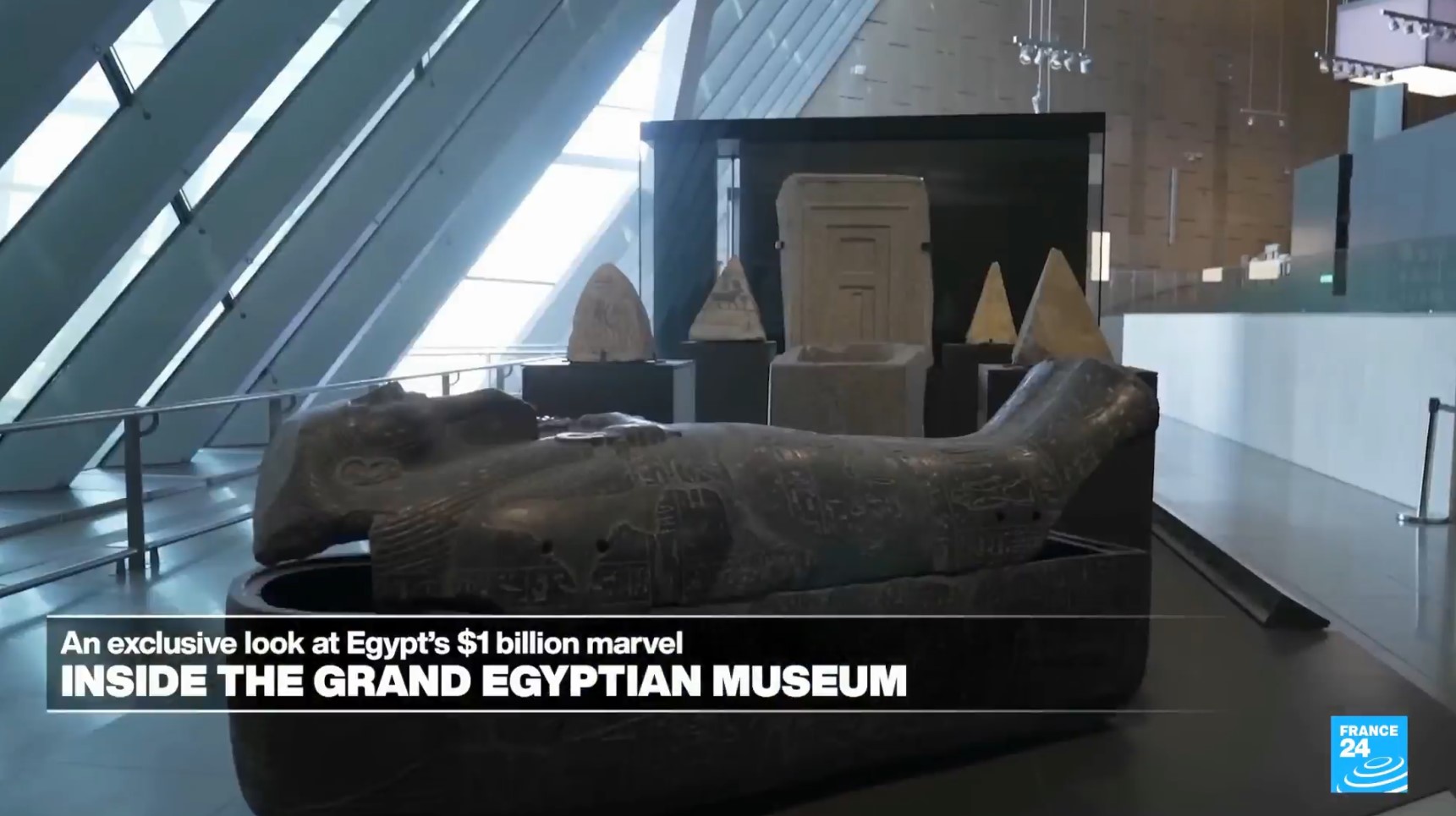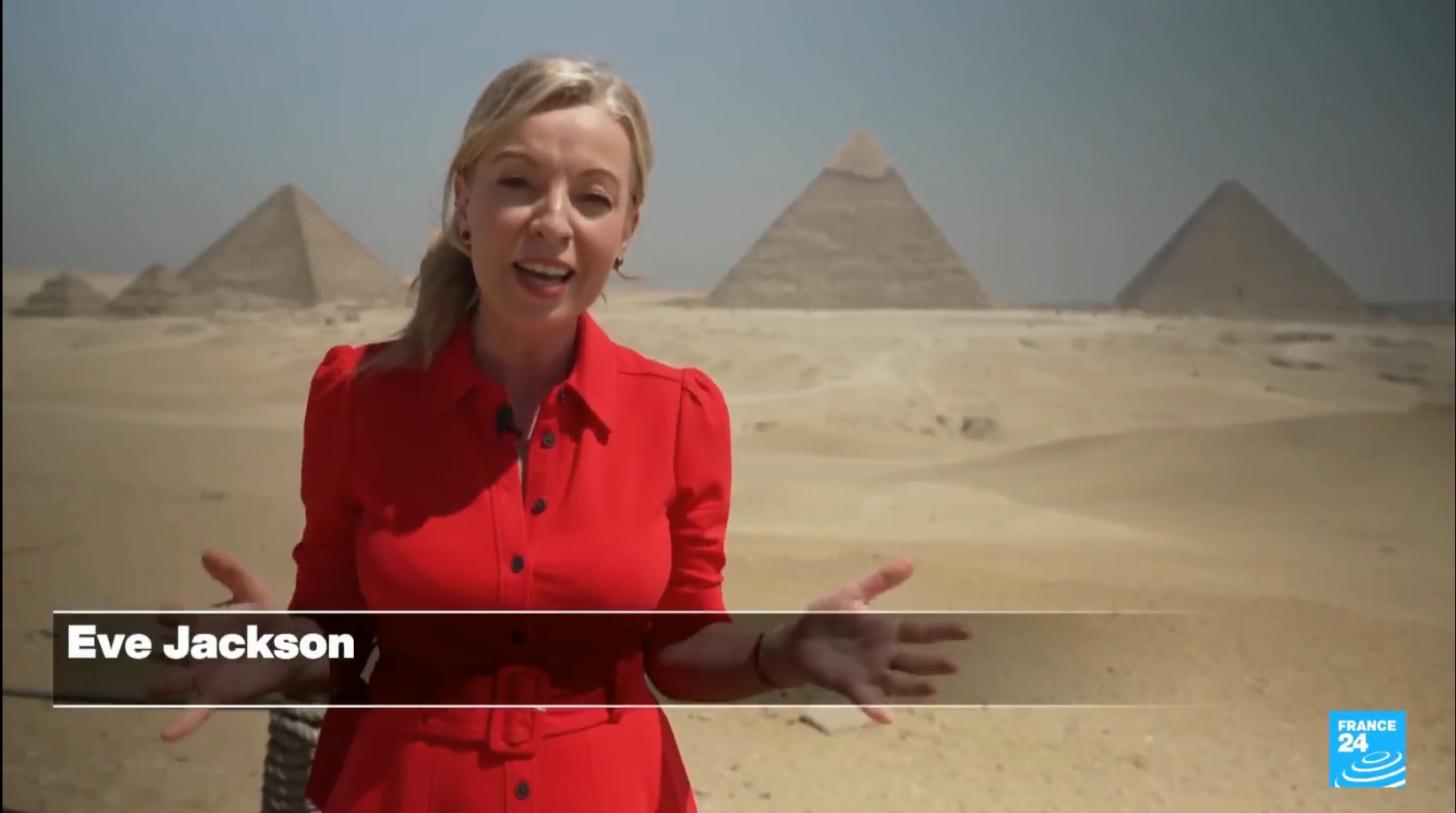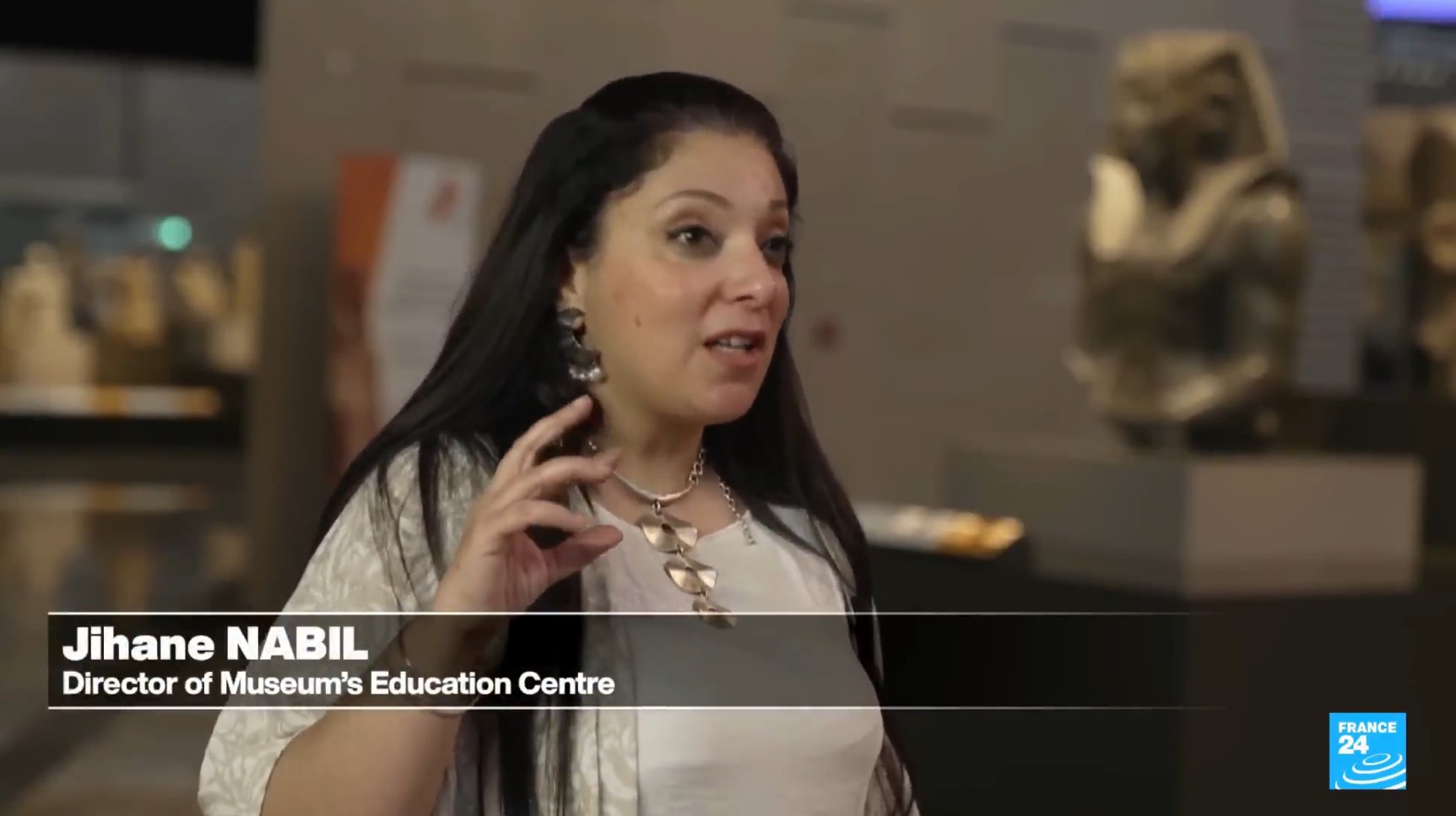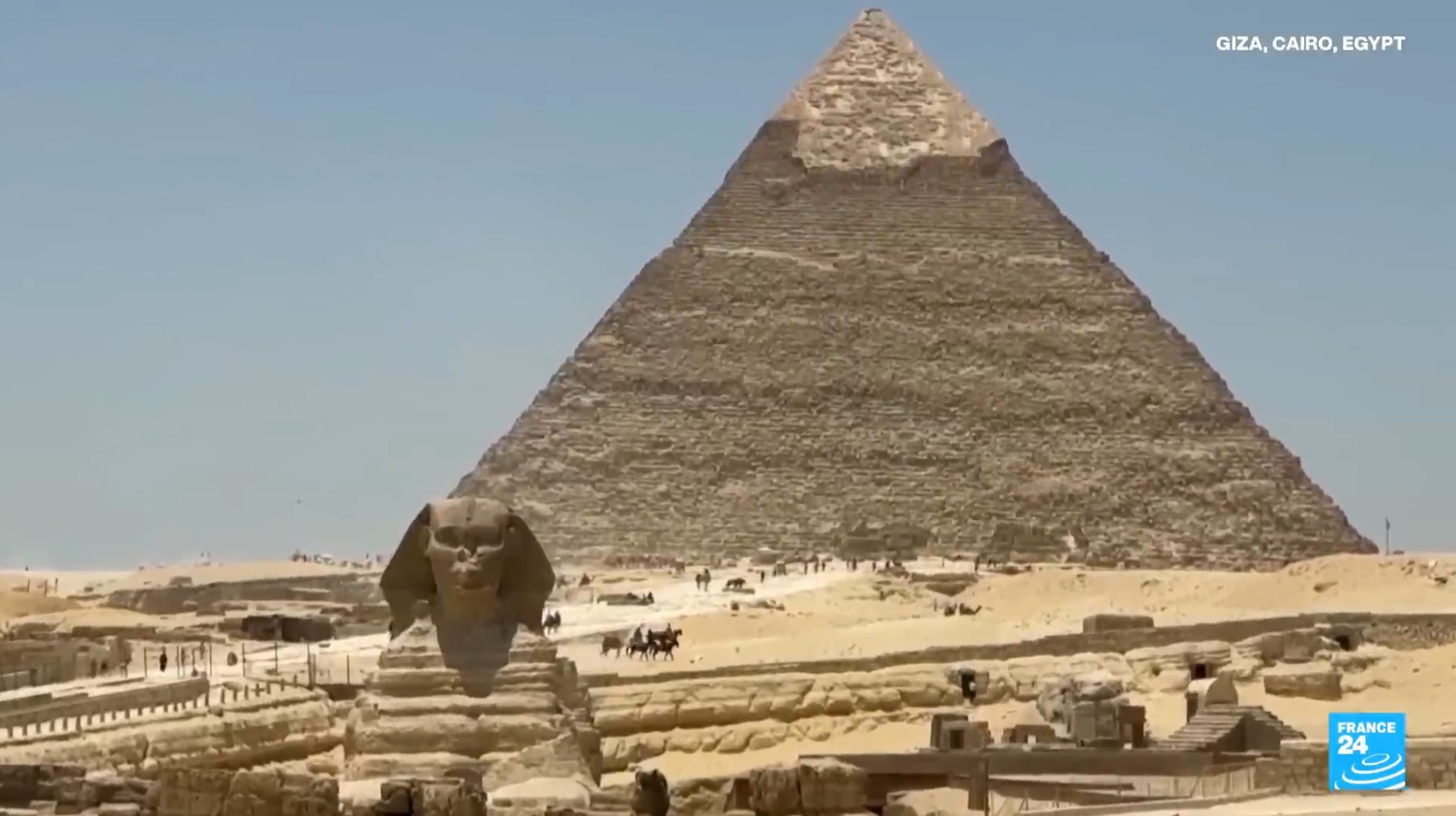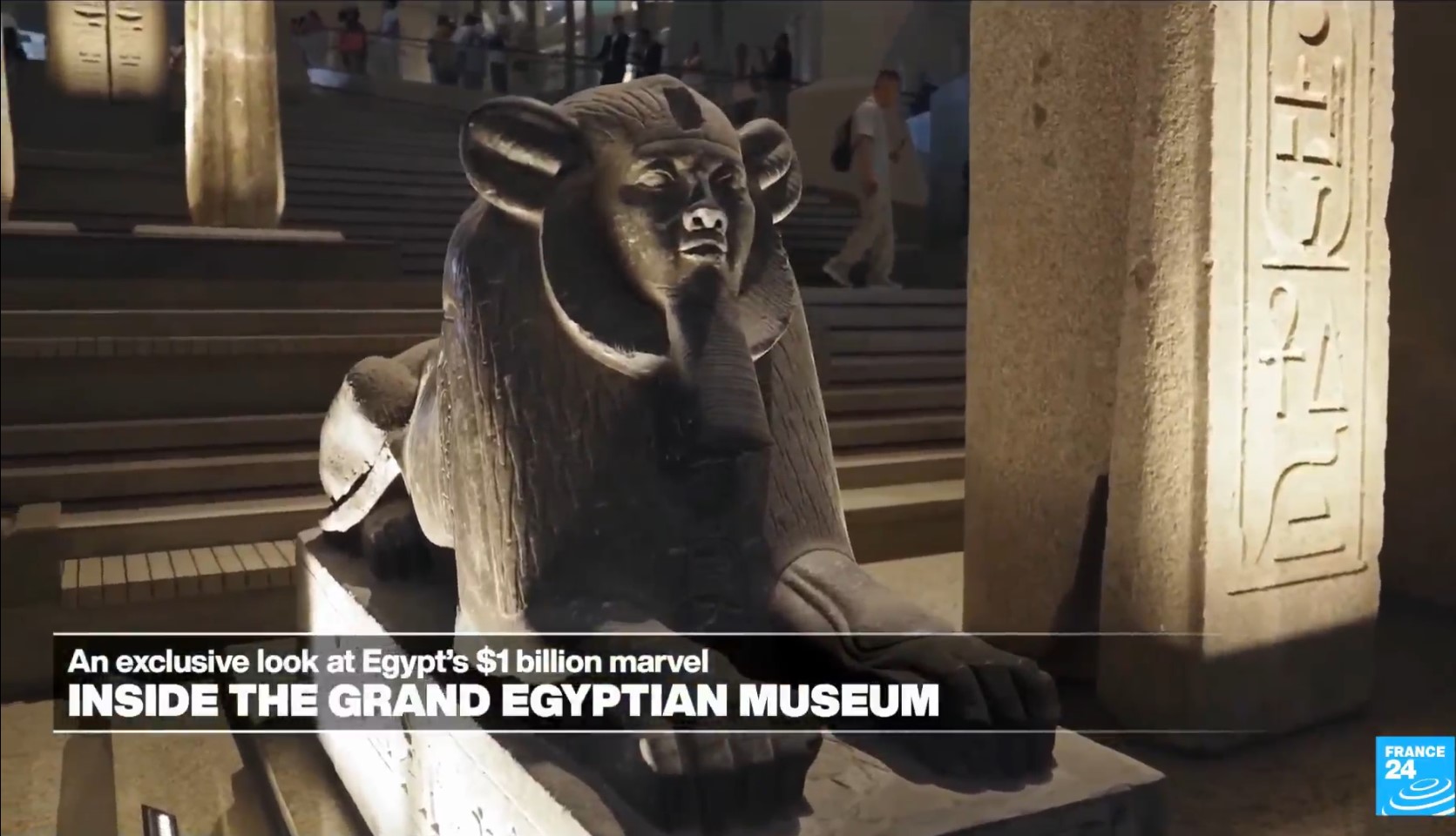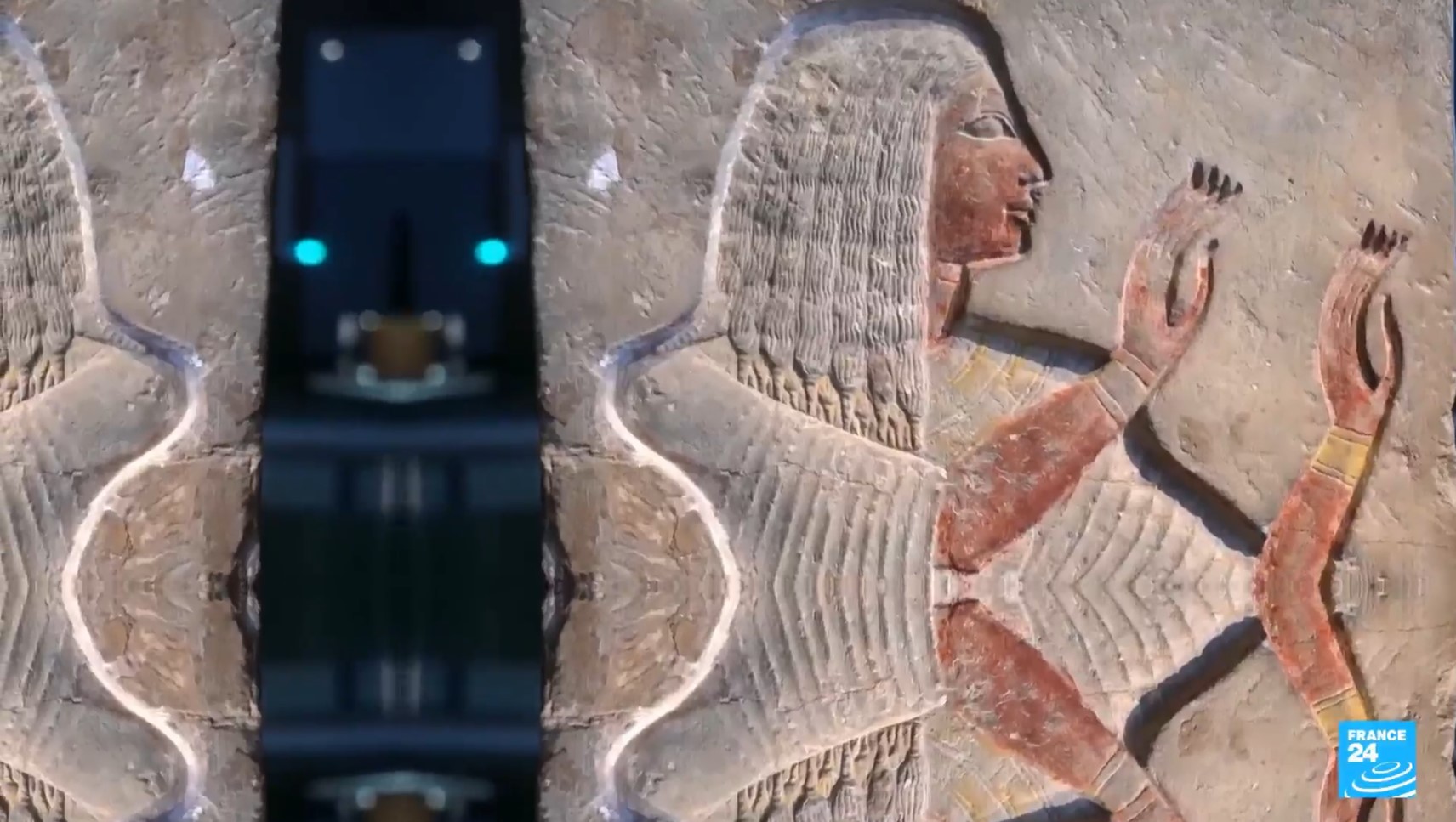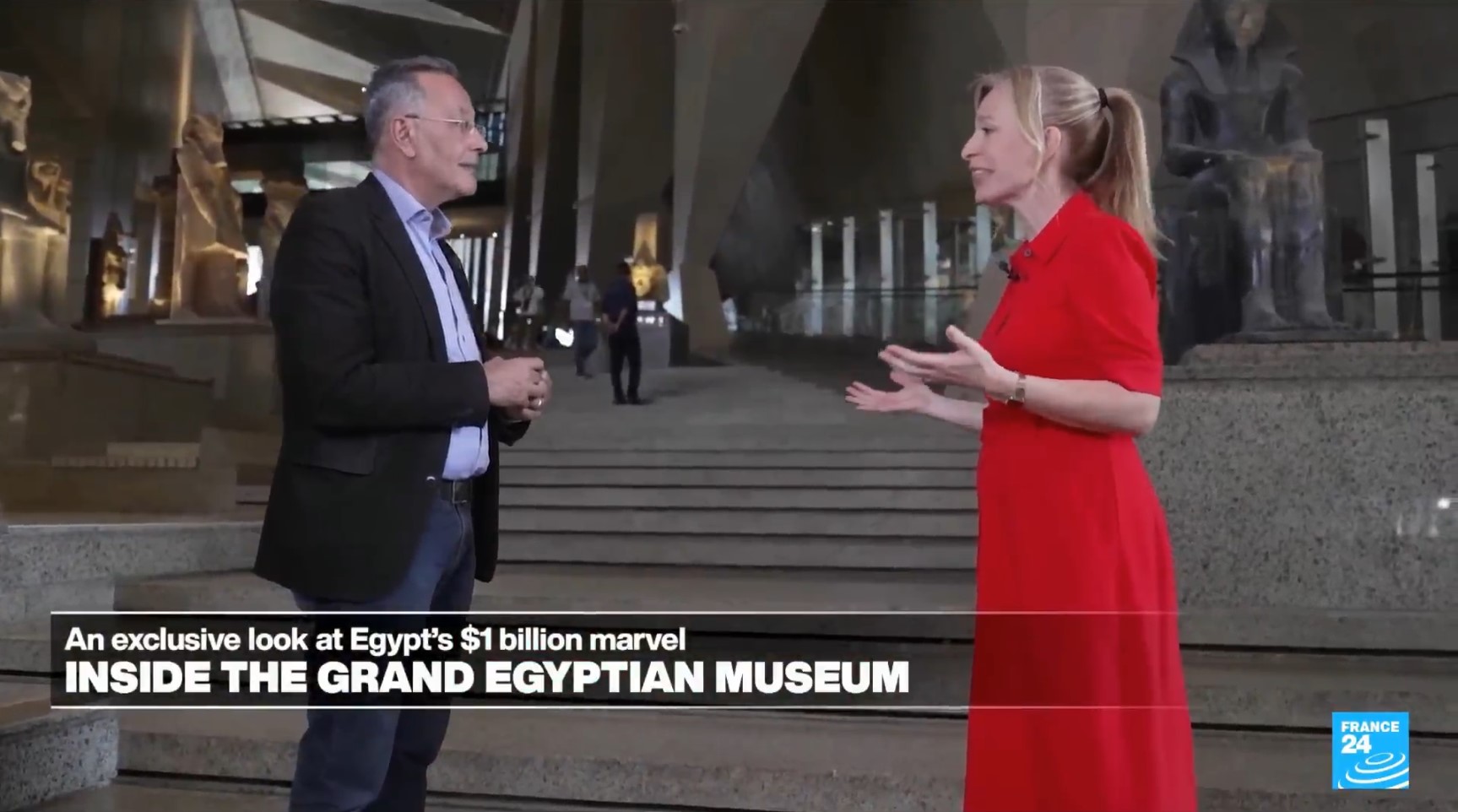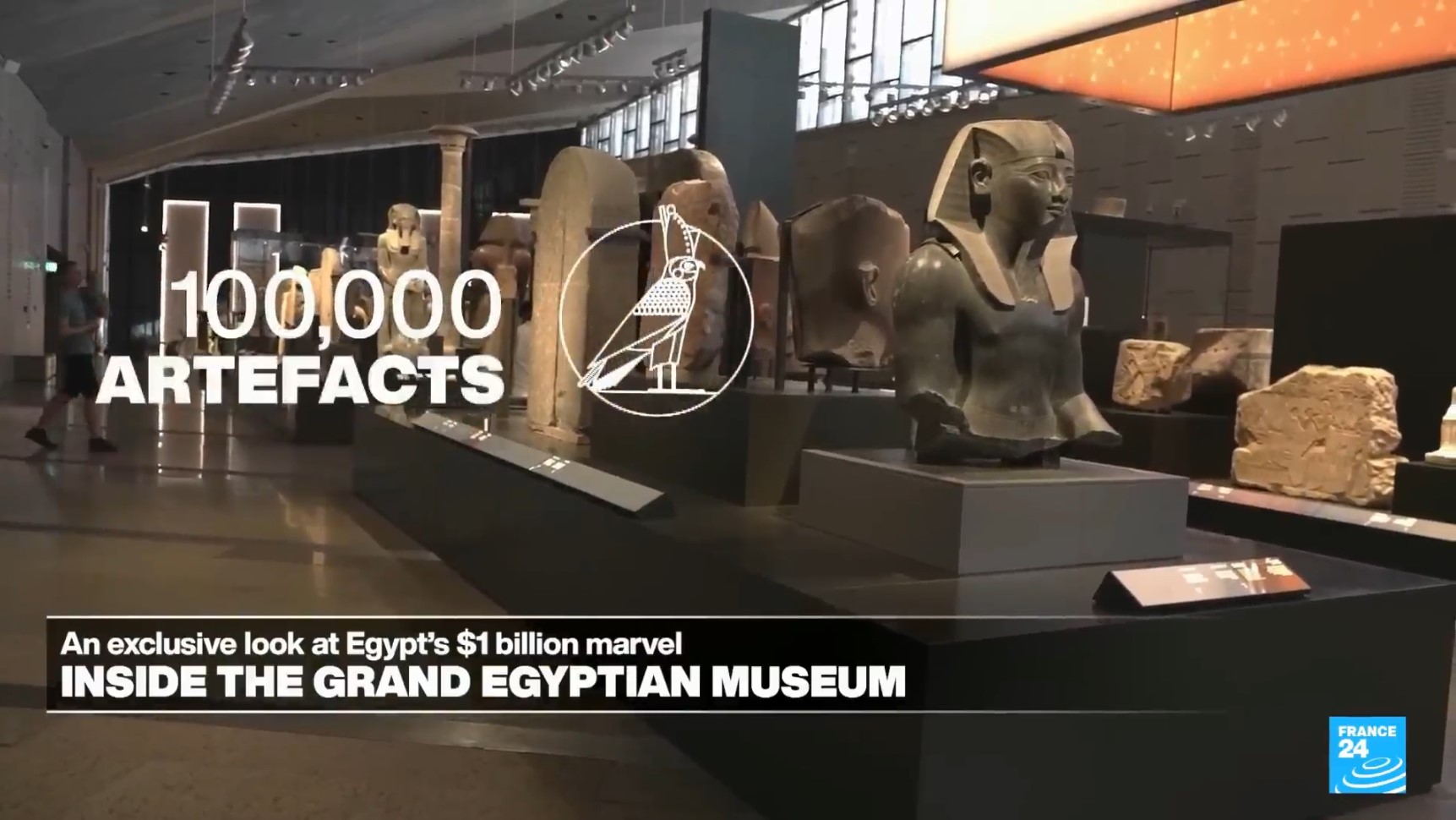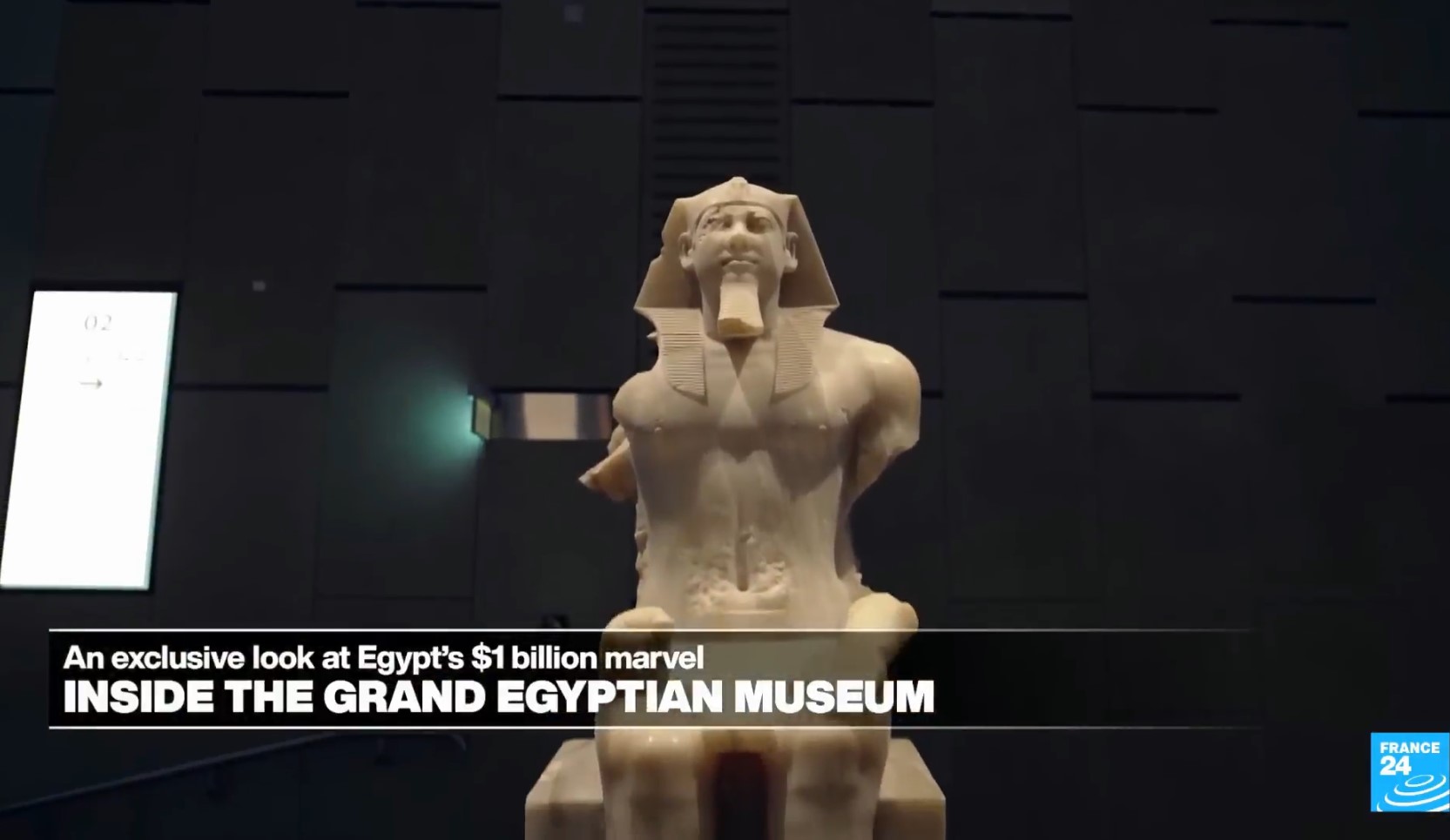From the outside, this is not just a museum but a true work of architectural art. It harmoniously echoes the pyramids, blending ancient stone civilization with modern geometric aesthetics, like two banks of a river of time — one belonging to Egypt over three thousand years ago, the other to today’s globalized world. From the very beginning of the project, the United Nations Educational, Scientific and Cultural Organization (UNESCO) was involved, providing support in the international design competition, construction management, and shaping its cultural value. In late 2024 and early 2025, GEM was awarded the UNESCO “World’s Most Beautiful Building” Pritzker Architectural Aesthetics Award — recognition not only of its exterior design but also of the civilizational significance it embodies.
The history of the Grand Egyptian Museum (GEM) is full of patience and perseverance. In 2002, an international design competition was launched; in 2005, construction began; in 2011, work was halted due to regional instability; in 2014, it resumed — and only today is the museum ready for full opening. Of the one billion dollars invested, part came from long-term concessional loans from Japan, and part from years of waiting by the Egyptian people for their cultural dream. This lengthy construction process made its completion itself a glorious page in modern Egyptian history.
Before its full opening, GEM had already been in trial operation for some time. From February 2023, the entrance hall and commercial area were opened, and from October 16, 2024, twelve main exhibition halls — covering artifacts from prehistoric times to the Roman era — became accessible. Visitors’ first impressions are often of awe: a French tourist, standing at the feet of the massive statue of Ramses II, exclaimed, “It’s as if I am being looked at by eyes from three thousand years ago”; a Japanese historian remarked that here “ancient civilization and modern technology have truly shaken hands”; a member of an American cultural tour group, upon seeing Tutankhamun’s golden mask, said, “This is an eye-to-eye meeting with history — it brings tears to your eyes.” These impressions show that this museum is not only a physical container but also a trigger for emotions and memories.
A musical performance during the trial opening further strengthened my belief that GEM is not only a space for displaying artifacts but also an important stage for global cultural exchange. On January 20, 2023, Egyptian soprano Fatma Said and the “United Philharmonic Orchestra and Choir” performed in the museum, with diplomats and cultural figures from various countries in attendance. A European ambassador said afterward that it was “an evening where art and history intertwined perfectly.” If artifacts allow us to see the past, music and art let us feel the heartbeat of the present.
In the eyes of commentators, the significance of GEM lies not only in preserving the splendor of ancient Egypt but also in providing a platform for encounters between different civilizations. Here, artifacts not only tell history but also remind us: no great civilization exists in isolation, and the vitality of culture comes from exchange and mutual learning. For today’s world, where division and cooperation coexist, such a symbol is especially precious.
When the morning sun on November 1 shines on the museum’s facade, it will not only highlight Egypt’s cultural confidence but also open a window for the world to look into the past, understand the present, and reflect on the future. The Grand Egyptian Museum is not only Egypt’s pride — it belongs to all humankind.
In such a globally significant cultural gathering, the presence of China may also be worth anticipating. In recent years, China and Egypt have established a solid partnership in cultural relics protection, archaeological cooperation, and museum exchanges — from Chinese experts participating in the restoration of Egyptian sites to Egyptian artifacts being exhibited in China. All this reflects mutual understanding between the two sides in civilizational exchange. If the Chinese government or cultural organizations attend the opening ceremony, it will not only be a gesture of diplomatic courtesy but could also become a new starting point for deepening China–Egypt cultural cooperation. One can imagine Chinese artists performing traditional Chinese music on the GEM stage or the museums of both countries jointly holding an exhibition — a vivid embodiment of civilizational dialogue in the new era.

